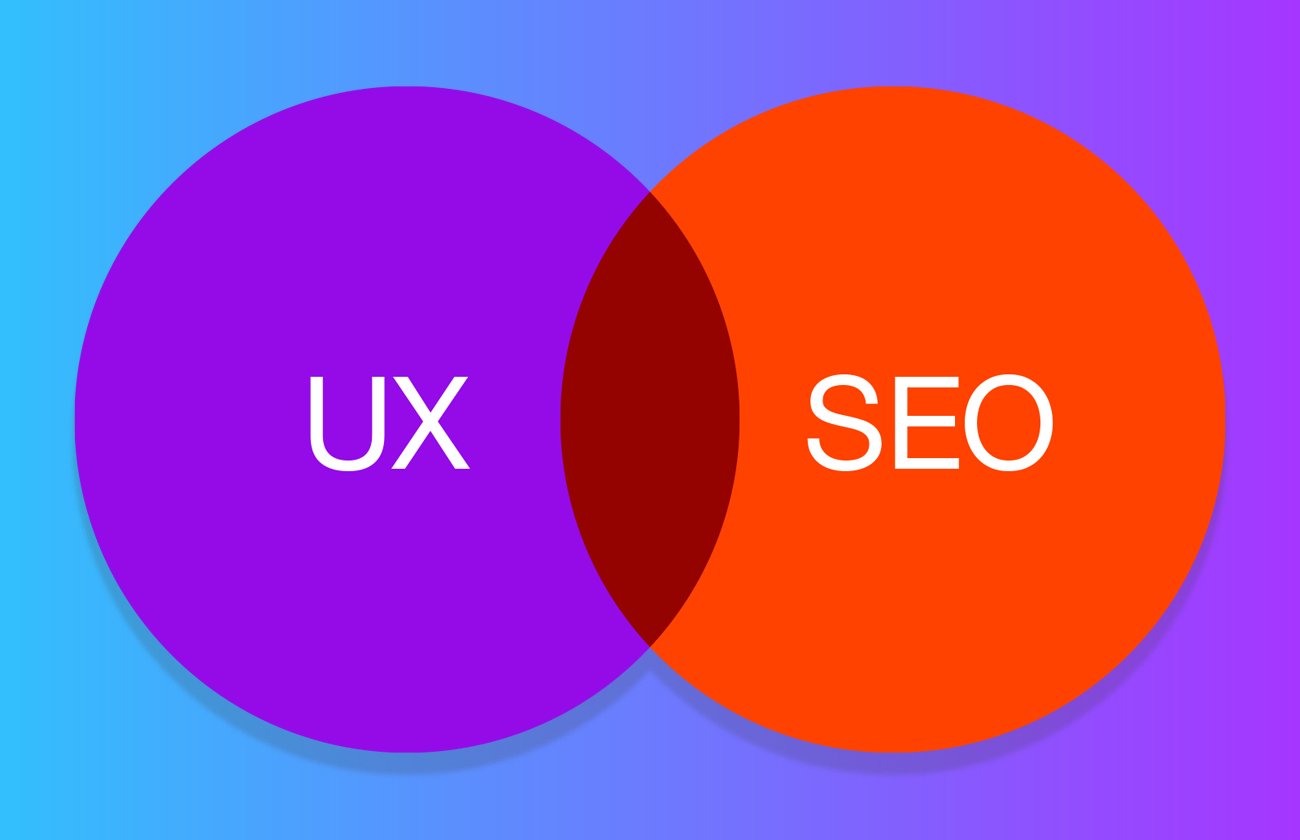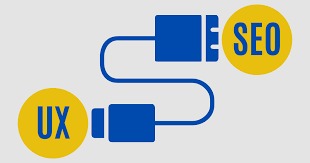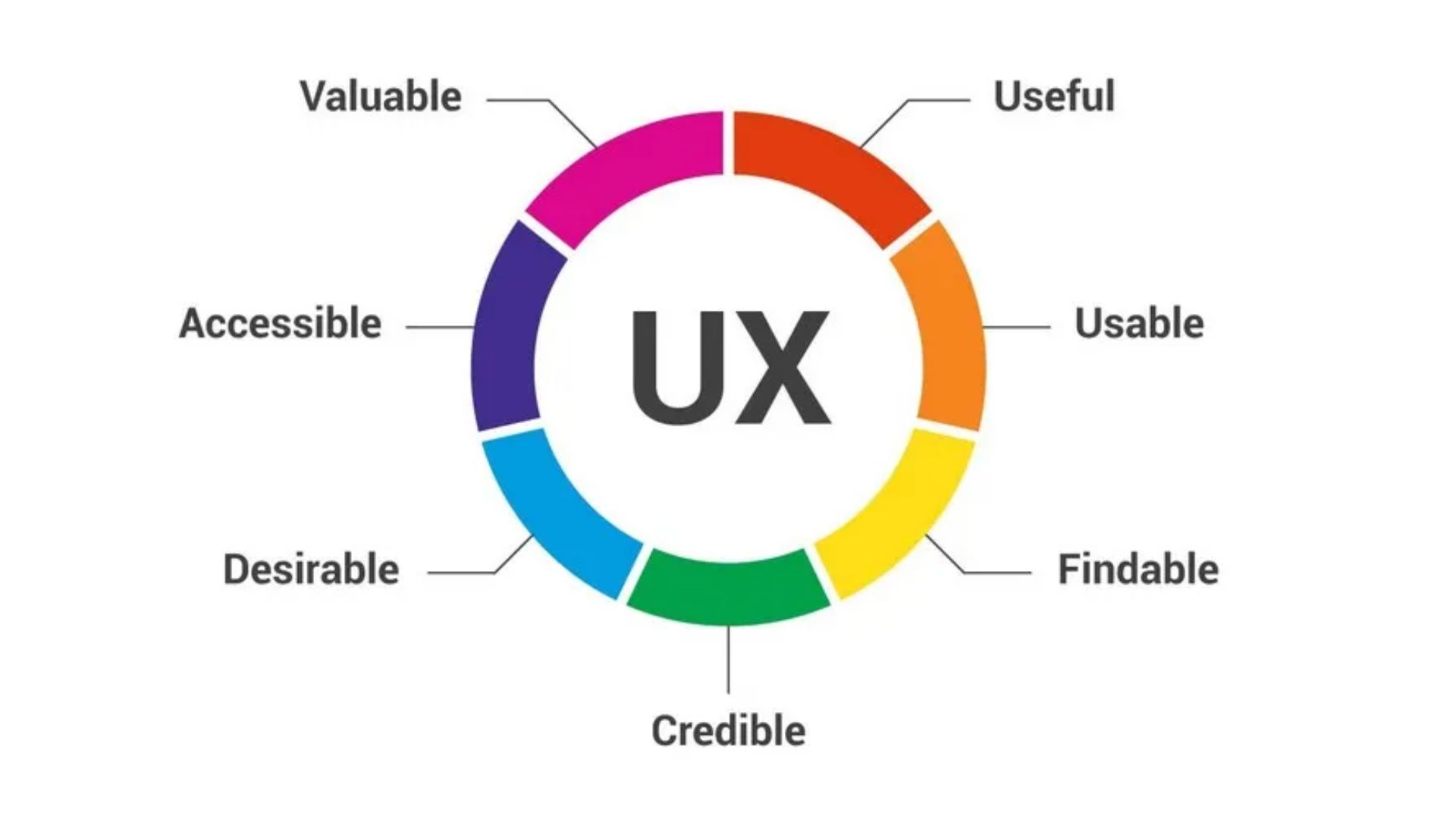
Finding a website is part of the user experience as a whole, but if you have to choose between the two, making the user's experience suitable is more important than SEO. These days, SEO is more than just terms and backlinks.
Businesses that do a lot of their marketing and promoting on the internet should be aware that the Digital Marketingenvironment has changed a lot and is still changing all the time. Not like ten years ago, when keywords and backlinks were all you needed to rank a site. Variables that measure user involvement, such as bounce rate, time on site, and pages viewed, are now important ranking factors.
Google now cares a lot about what its users want and how they feel. These days, user experience on a website is an essential part of optimizing a website. That's why SEO UX design is essential. In this article, we will discuss whether Is the UX and design of a site more important than SEO.
Top UX Tips For Search Engine Optimization
Simplify Your Site’s Navigation
You should help people find information if they are looking for it. Use bullet points, lists, headings, and images to make forms that are easy to read and good for search engine optimization (SEO). You want people to find their way around your website easily.
When it comes to search engine optimization (SEO), complicated menu designs may be better, but they can make the user experience terrible, which could make the user leave. It is often better for search engine optimization to have routing that is based on fewer pages.
Utilize UX Design To Support SEO-Friendly Layouts
A well-thought-out design that changes how people behave is a crucial part of search engine optimization (SEO) marketing that works. It helps the person using it find the correct information, process that information, and do what they want to do. From the search bots' point of view, the organization helps them figure out how relevant the page is more correctly.
In many cases, the layout style and the way that information is given could get in the way of search engine optimization. The most basic reason for this is that search engine optimization can be hampered by things like headers that need to be the right size and too little or too much information.
Mobile-First And Responsiveness
According to Google, flexible design is the best way to make sure that users have a great experience on all of their devices. As of late, Google has started scanning mobile devices first because most people now find their way to Google through a mobile search. This means that search engine bots mostly look at the text of a website that is mobile-friendly.
There should be enough flexibility and responsiveness in your website so that it can work on a wide range of devices and screen sizes. It's essential that the writing is easy to read and that everything is put together correctly.
Improve Page Speed
"Page speed" is the speed at which website information loads. Page speed on a website can be affected by many things, such as the themes and plugins that are installed, the way the website is coded, and the number of photos, videos, and other media assets that are on the website.
It is linked to the fact that pages that load more slowly have higher bounce rates, and people stay on them for longer. This is because page speeds affect both the user experience and the way Google ranks pages. File compression, code optimization, and reducing the number of redirects to other pages are all things that can be done to speed up a page.
Ensure Consistent Branding
Research has shown that people decide in fifty milliseconds what they think about a website, and that view is what makes them decide whether to keep visiting the website or not. A good user interface and user experience design, along with constant branding, are needed to build trustworthiness, earn users' trust, and get a lot of people to interact with your content.
These things help you make an excellent first impression. Consistency in branding also helps people remember a brand. You can make your brand uniform by setting tone, voice, and style standards for your content, using the same color schemes, putting logos on all of your digital assets, and choosing content themes with care. All of your marketing efforts should be in sync so that your customers have a smooth experience.
What Is User Experience (UX) And Why Is It Important?
The term "user experience" refers to how we connect with any product or service, whether we are aware of it or not. This includes both real and digital items. The digital market is getting more and more competitive because of changes in technology and daily life. Digital consumption and contact are growing quickly and continuously.
It has never been more important to study, create, and implement a good user experience in the digital world that we live in now. Hubspot says that 88% of people who visit a website will not go back after a bad experience. If you put user experience first when designing and building any digital product, you can make your businessa strong competitor in both crowded and niche markets.
Remember that UX is an ongoing process that goes through steps. As companies and technology change, a product may no longer meet the needs of users or companies the way it used to. Gather and look over user data, and keep testing to find the pages, areas, or features that need help the most and will have the most significant effect on making the product or service experience better.
What Does UX Design Include?
Well-thought-out use of UX best practices is the key to making digital goods that work well. UX design includes many fields, such as information architecture, usability testing, and user research, that look at things from both a data-driven and a holistic point of view.
It should be done before any design or development work is done so that design decisions aren't made based on personal preferences or assumptions. The following are some of the many parts of UX study and design:
Both numeric data analysis and qualitative user study can be used to make user analysis.
- Evaluation based on usability and heuristics.
- How well a website works, incredibly how fast it loads.
- Accessibility of the website (especially on mobile devices) and users.
- Brand identity, awareness, and authority.
- Content, design, and navigation.
- Designing the user experience.
Businesses can save time and money in the long run by focusing on the needs and wants of end users. This user-centered method also makes sure that users get the digital goods they want and need.
The Future Of UX And SEO
The way UX and SEO work together is constantly changing. In order to stay ahead of the competition, it's essential to keep up with the latest trends as search engines get more competent and users' habits change. In particular, two significant trends are changing how UX and SEO work together right now:
The Importance Of User Experience For SEO Is Growing Quickly
UX is already a big deal for search engines, and this is likely to keep happening as more and more companies work to make their websites better for users. In fact, user signs like click-through rates, bounce rates, and time spent on site are becoming more critical to search engines.
To rank high in the SERPs in the future, user experience is likely to become even more critical. These results mean that websites with better UX will get higher search ranks, while websites with worse UX will get lower rankings.
The Integration Of Ai And Voice Search Is Changing The Relationship Between UX And SEO
Websites will need to make their material better for conversational questions as more people use voice search to find what they need. This means talking in everyday words and answering common questions. AI is also getting more innovative and can now figure out what people are trying to do when they look.
Search engines will give more weight to websites that can provide relevant and valuable information that fits what the user is looking for. To keep up with these and other UX and SEO changes that happen quickly, you need to keep learning about new trends and trying out new solutions.
Here are some ways to do this:
- Keep up with changes to search engine algorithms and how they might affect user experience (UX) and search results.
- Keeping up with new tools and trends, like voice search and AI.
- Doing customer studies and collecting information on how people use the site to find ways to make it better.
- Test and improve the style, layout, and content of your website to give users the best experience possible.
- Put your attention on giving your readers high-quality, relevant material that meets their needs.
- Use tools like Google Analytics to keep an eye on and analyze your website's success all the time to find ways to make it better.
Blockchain Technology And SEO Transparency
Blockchain technology, with its immutable and decentralized nature, has the potential to transform SEO by introducing unparalleled transparency and trust. In the context of the UX vs. SEO debate, this innovation becomes significant. Blockchain addresses concerns of trust and credibility that have historically affected the digital ecosystem.
By employing Blockchain in SEO practices, businesses can offer users an indisputable record of their online activities, ensuring accuracy and reliability. This transparency not only fosters positive user experiences but also strengthens the credibility of a website in the eyes of search engines.
Augmented Reality (Ar) And Immersive Design
Augmented Reality (AR) emerges as a technological force that not only enhances UX through immersive design experiences but also has implications for SEO. The captivating interactions facilitated by AR have the potential to keep users engaged for longer durations, reducing bounce rates and signaling to search engines that the content is valuable. In the ongoing debate, the integration of AR emphasizes that cutting-edge design technologies can indeed contribute to improved SEO performance.
User-Centric Metrics For SEO
The paradigm shift towards user-centric metrics in SEO aligns with the growing acknowledgment that a positive user experience directly correlates with SEO success. Metrics such as dwell time, click-through rates, and conversion rates offer a deeper understanding of user behavior and preferences.
In the context of the UX vs. SEO debate, this shift emphasizes that a well-designed and user-friendly website is not just beneficial for UX but is also a fundamental aspect of effective SEO. As search engines prioritize user satisfaction, incorporating these user-centric metrics becomes essential for staying competitive in the evolving digital landscape.
Common Conflicts And How To Resolve Them
Over-Optimization Vs. User-Centric Content
One challenge many websites face is finding the right balance between using keywords for SEO and creating content that users find valuable. Over-optimization, where keywords are forced into content too much, can make the text seem unnatural and less enjoyable for readers.
How To Resolve This?
To resolve this, it's essential to naturally integrate keywords within the content, using synonyms and variations. Prioritizing user intent is a crucial focus on creating content that directly addresses what users are looking for, providing helpful and informative information. Regularly auditing content helps identify and fix any over-optimized parts to keep the content user-friendly and in line with SEO best practices.
Pop-Ups And Interstitials
Another common conflict involves pop-ups and interstitials, those messages or ads that pop up on a website. While they can be effective, they may also disrupt the user experience and, on mobile devices, can lead to SEO penalties.
How To Resolve This?
To resolve this, consider the timing and placement of pop-ups. Display them strategically after a user has spent some time on a page or completed a specific action. Ensure they don't cover crucial content and are easy to close. Use mobile-friendly designs for pop-ups to minimize disruption on smaller screens and comply with Google's guidelines on mobile interstitials. A/B testing different designs and timings can help find the least intrusive yet effective approach.
Flashy Design Vs. Page Load Speed
Balancing a visually appealing website design with fast page load times is crucial. Flashy designs can sometimes slow down a website, affecting both aesthetics and SEO performance.
How To Resolve This?
To resolve this conflict, optimize images and multimedia files by compressing them without compromising quality. Implement browser caching to store static resources locally and use Content Delivery Networks (CDNs) to distribute content across multiple servers for faster loading. Prioritize the critical rendering path, loading essential content first to allow users to engage while other elements load in the background. This way, you can maintain a visually appealing design without compromising page speed.
Intrusive Ads And User Experience
Poorly managed ad placements can harm user experience and even lead to SEO issues. It's essential to find a balance in the number and placement of ads to avoid overwhelming users.
How To Resolve This?
Prioritize user experience by placing ads strategically, ensuring they don't interfere with meaningful content and are clearly distinguishable from the main content. Familiarize yourself with and adhere to Google's guidelines on ad placements and formatting to prevent SEO penalties.
Regularly review and update ad strategies to align with evolving SEO best practices and user expectations. By doing so, you can maintain a website that resonates well with users while still performing effectively in search engine rankings.
Frequently Asked Questions
Is UX More Important Than SEO?
Both are crucial, but prioritizing a positive user experience often leads to better SEO results.
Why Is UX Important For SEO?
Search engines consider user metrics like bounce rate and time on site; a good UX improves these metrics, positively impacting SEO.
How Does AI Impact UX And SEO?
AI enhances user experiences and helps search engines understand user intent, influencing both UX and SEO positively.
What Role Does Voice Search Play In UX And SEO?
Voice search requires websites to be more conversational, emphasizing the need for user-friendly content and design.
Final Words
While the debate between whether is the UX and design of a site more important than SEO persists, prioritizing a positive user experience emerges as paramount. The landscape of digital marketing has evolved, with user-centric metrics gaining prominence in search engine algorithms. Today, factors like bounce rate, time on site, and pages viewed significantly influence a website's ranking.
As technology advances, the integration of AI, voice search, and immersive design further underscores the need for an adaptable UX strategy. The future of UX and SEO lies in staying abreast of these trends. Blockchain technology adds a layer of transparency, and augmented reality enhances immersive experiences, both impacting SEO.
Resolving common conflicts, such as balancing keywords and user-centric content, ensures a harmonious coexistence, emphasizing that a well-designed, user-friendly website is fundamental for effective SEO in our dynamic digital landscape.



